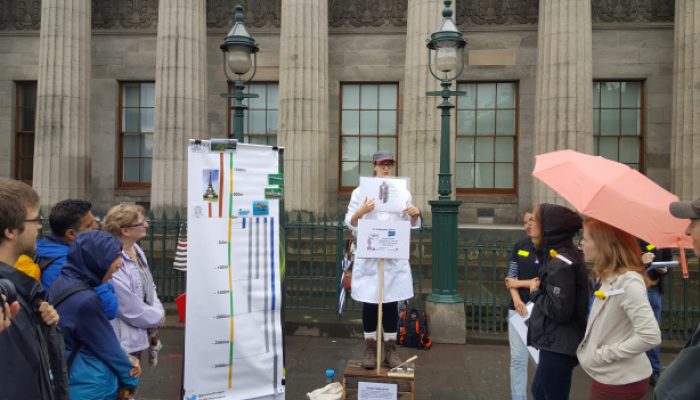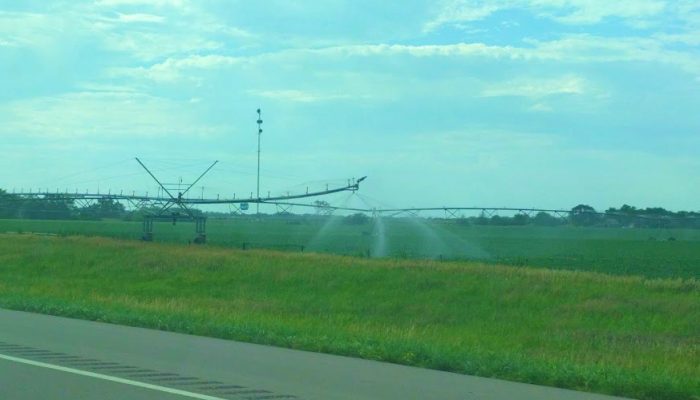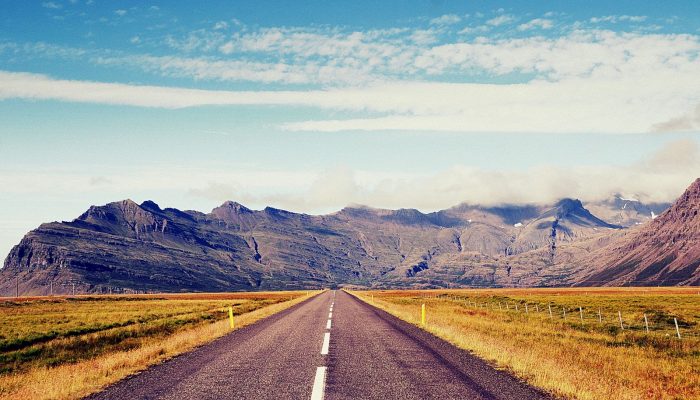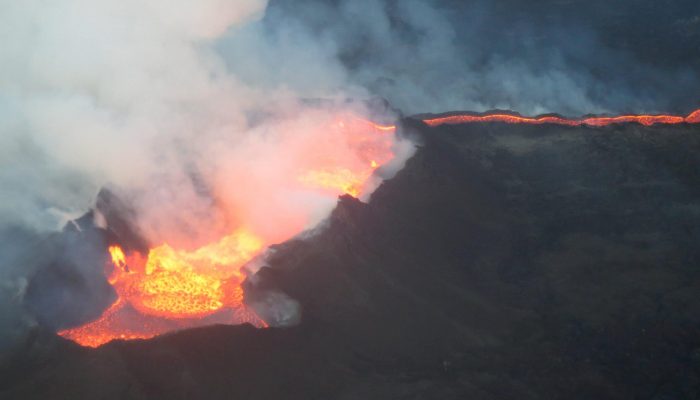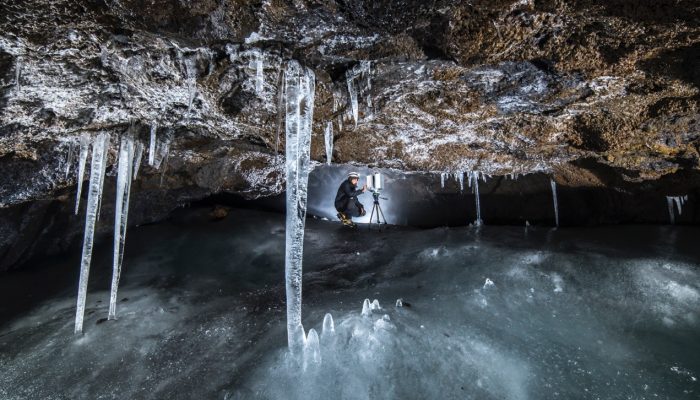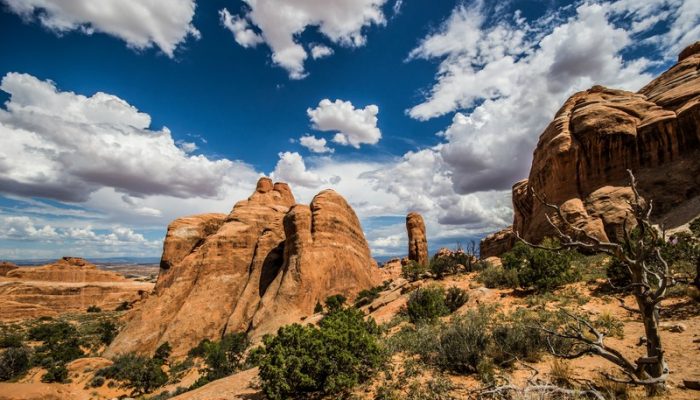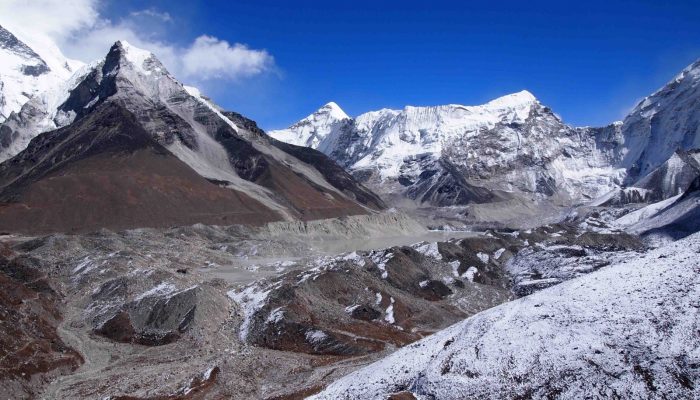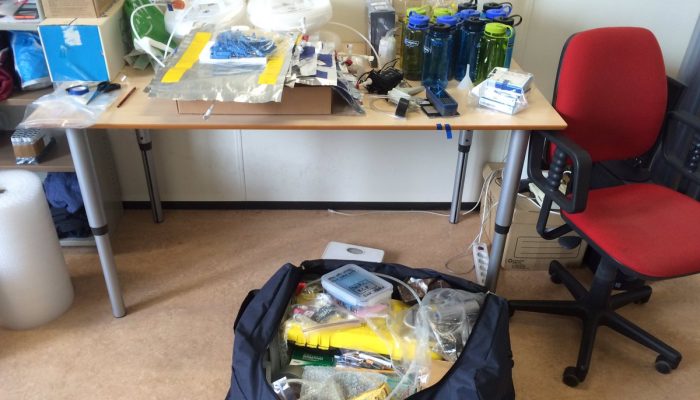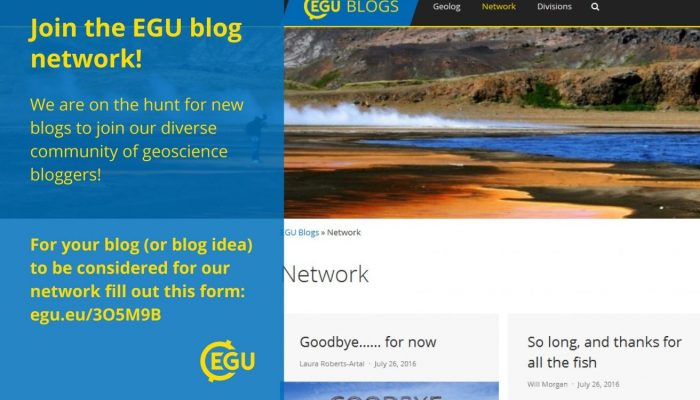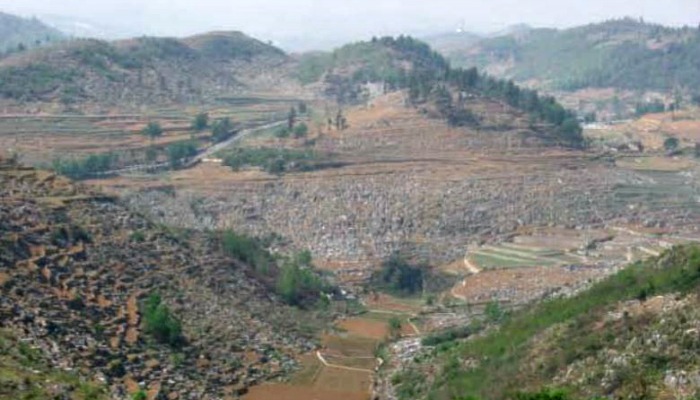Imagine you find yourself standing atop a wooden box in the middle of your home town, on a rainy weekend day, with the sole aim of talking to passersby about your research work. It can be a rather daunting prospect! How do you decide what the take-home message of your work is: which single nugget of information do you want members of the public to take away after having spoken to you? Even more im ...[Read More]
If you didn't find what you was looking for try searching again.
WaterUnderground
The great American groundwater road trip: Interstate 80 over the Ogallala Aquifer
Authored by: Sam Zipper – Postdoctoral Researcher in the Department of Civil & Environmental Engineering at the University of Wisconsin-Madison In late July, my wife and I loaded the dog into the car, cranked up the water-related tunes, and drove over a few million cubic meters of water. No, we haven’t traded in our sedan for an amphibious vehicle – rather, we were driving west, a ...[Read More]
GeoLog
GeoEd: Career pathways and expectations in the geosciences – straight lines, wiggles and all out chaos.
‘What do you want to be when you grow up?’ From a tender age, we are regularly asked that question, with answers ranging from the downright hilarious through to those kids who’ve got it all figured out. As we grow older the question of what career we want to pursue carries more weight and the outcome of our choices is scrutinised closely. In today’s GeoEd column, Rhian Meara (a geography and geo ...[Read More]
GeoLog
Imaggeo on Mondays: A Bubbling Cauldron
Despite being a natural hazard which requires careful management, there is no doubt that there is something awe inspiring about volcanic eruptions. To see an erupting volcano up close, even fly through the plume, is the thing of dreams. That’s exactly what Jamie Farquharson, a researcher at Université de Strasbourg (France) managed to do during the eruption of the Icelandic volcano Bárðarbunga. R ...[Read More]
Cryospheric Sciences
Image of the Week — Looking for ice inside a volcano !
Who would think that one of the world’s most active volcano shelters the southernmost persistent ice mass in Europe!? Yes, you can find ice inside Mount Etna! Located at an altitude of about 2,040 m above sea level, the Ice Cave (Grotta del Gelo) is well known among Mt Etna’s volcanic caves due to the presence of columns of ice on its walls and floor which occupy about the 30% of the ...[Read More]
GeoLog
New study of natural CO2 reservoirs: Carbon dioxide emissions can be safely buried underground for climate change mitigation
New research shows that natural accumulations of carbon dioxide (CO2) that have been trapped underground for around 100,000 years have not significantly corroded the rocks above, suggesting that storing CO2 in reservoirs deep underground is much safer and more predictable over long periods of time than previously thought, explains Suzanne Hangx a postdoctoral researcher at the University of Utrech ...[Read More]
Cryospheric Sciences
Fieldwork at 5,000 meters in altitude
Imja Lake is one of the largest glacial lakes in the Nepal Himalaya and has received a great deal of attention in the last couple decades due to the potential for a glacial lake outburst flood. In response to these concerns, the UNDP has funded a project that is currently lowering the level of the lake by 3 m to reduce the flood hazard. The aim of our research efforts is to understand how quickly ...[Read More]
Biogeosciences
What´s in your fieldbag? Part 1: measuring freshwater carbon fluxes in the Artic
This bag belongs to Joshua Dean, Postdoc, Vrije Universiteit Amsterdam Field Work location Far Eastern Siberian Arctic: Kytalyk Nature Reserve. Duration of field work 2 weeks plus 3 days travel either side. Items in the bag Detecto Pak-Infrared (DP-IR) gas analyser [borrowed from colleagues, protect at all costs] EGM4 CO2 gas analyser [borrowed from another department, protect at all costs] water ...[Read More]
GeoLog
Revamping the EGU blog network: call for bloggers
The EGU blog network is getting a make-over! Since 2013 the network blogs have enjoyed thought-provoking and engaging contributions by Simon Redfern, Dan Schillereff and Laura Roberts, Jon Tennant, as well as Will Morgan on a range of topics: from the workings of the inner Earth, through to geomorphology, palaeontology and air quality. However, the individual circumstances of the bloggers now mean ...[Read More]
Soil System Sciences
Monday paper: The challenge and future of rocky desertification control in karst areas in southwest China
Zhang, J. Y., Dai, M. H., Wang, L. C., Zeng, C. F., and Su, W. C. 2016. The challenge and future of rocky desertification control in karst areas in southwest China. Solid Earth, 7:83-91, DOI:10.5194/se-7-83-2016, 2016. Karst ecosystems in China are one of the main objectives of desertification control, since its conservation is important for economic and social development, especially of th ...[Read More]

